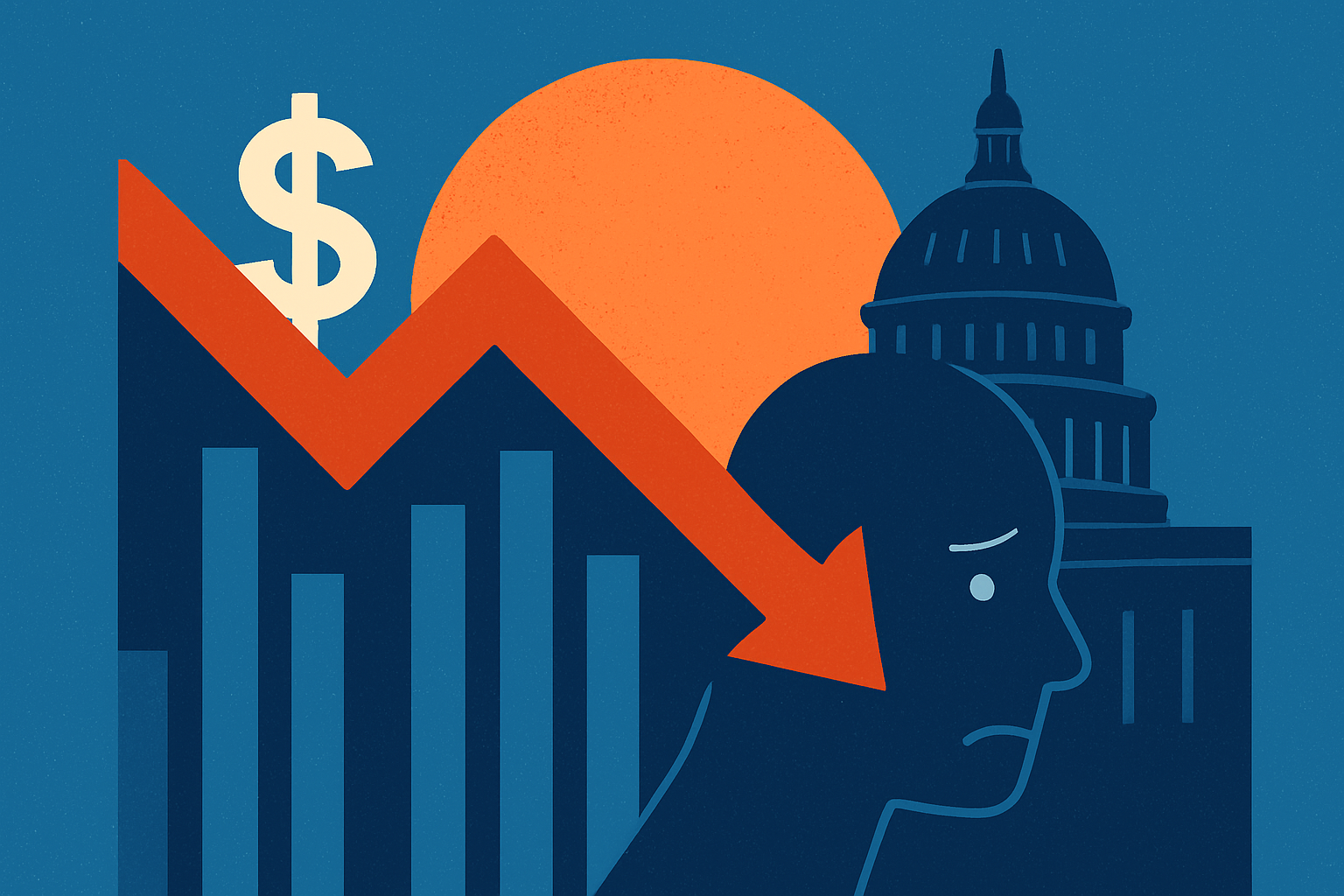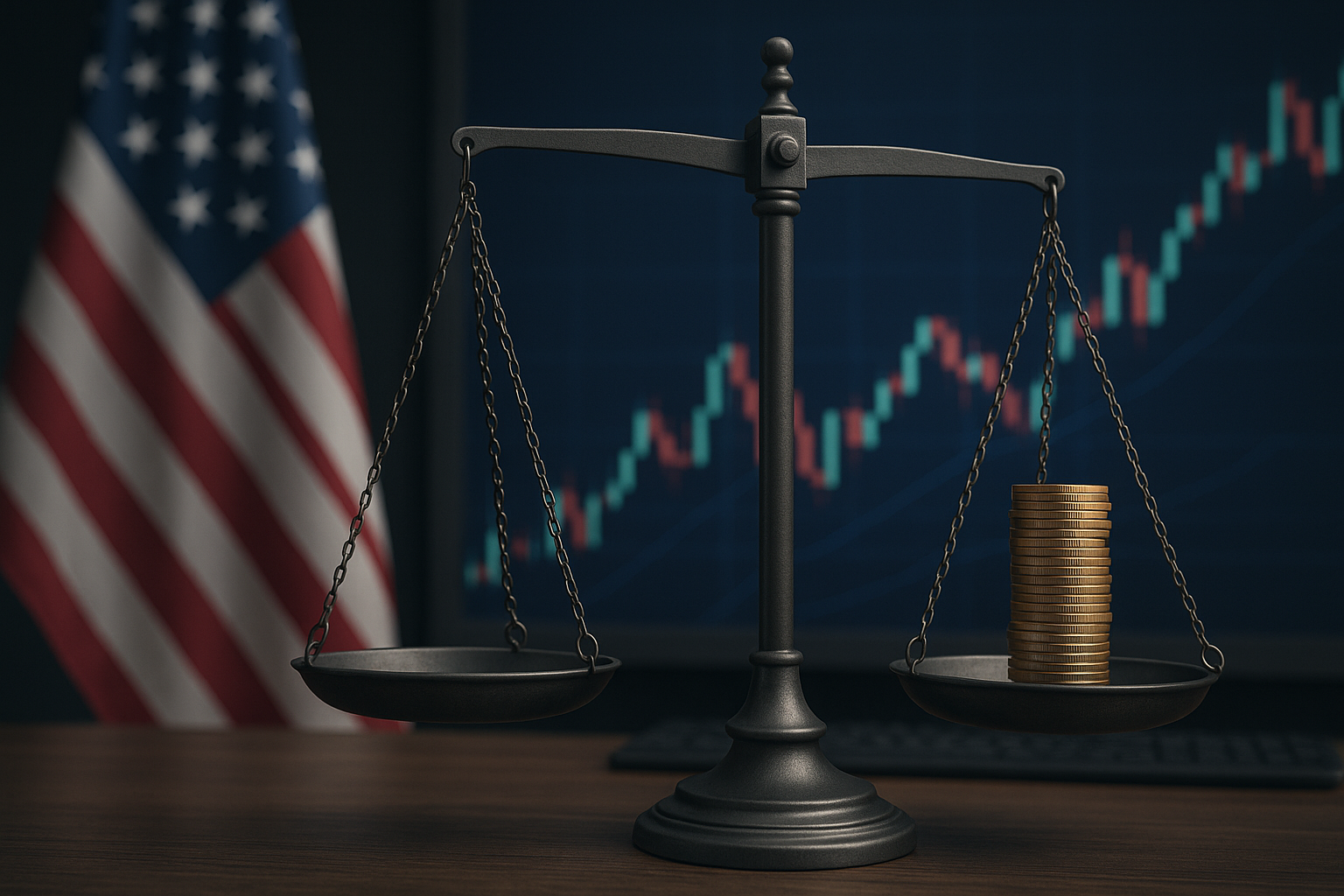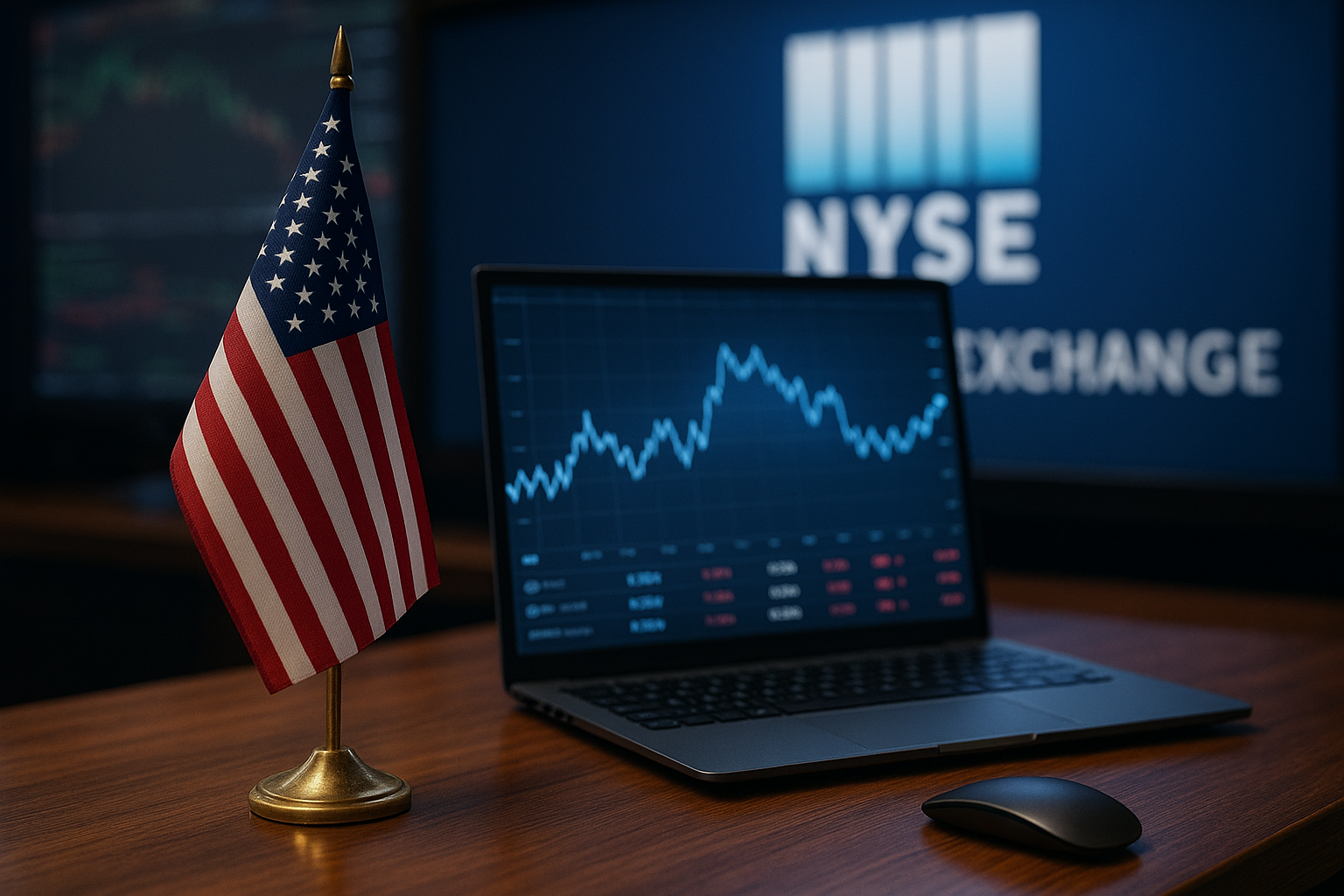Although stock indices are hitting fresh all-time highs, investor sentiment has notably deteriorated—underscoring a growing disconnect between headline levels and underlying confidence. With valuations stretched and political uncertainties looming, the mood has turned cautious just as markets brace for potential Federal Reserve easing.
Why This Matters for Investors
Even as Wall Street sets new records, investor nerves are fraying. According to the S&P Global Investment Manager Index, sentiment in August has dropped to its worst since April, driven by elevated stock valuations and persistent tariff anxieties, despite the markets’ continued climb.
Over the past week, global equities paused after rallies dominated by tech earnings and expectations of a Fed rate cut in September. The dollar weakened to two-week lows, reflecting heightened bets on policy easing.
Meanwhile, leading strategists deliver a sobering reminder: Stifel’s team forecasts a potential 14% pullback in the S&P 500 before year-end—citing slowing consumer demand, elevated price pressures from tariffs, and rich valuations that raise downside risk.
Core Analysis
Pairing Highs with Unease
Markets are forging ahead—guided by optimism around AI, mega-cap earnings, and economic resilience. But as Barron’s notes, this rally rests atop a “wall of worry,” propelled by low inflation, aid from fiscal support, and strength in wage data. Even so, Powell’s upcoming remarks and critical data points like the September jobs and inflation reports could unsettle the advance.
Tariff Politics Trumping Confidence
Investors remain unsettled by U.S. trade policy shifts. Axios reports that the sentiment slump is tied to high valuations, tariff uncertainty, and seasonal market weakness—spurring some to look ahead to a possible recovery in 2026.
Market Flows Reflect Risk-Off Behavior
Equity funds experienced their second week of outflows in early August, as investors sought safer havens amid geopolitical and macroeconomic unease. Nearly $8 billion left global equity funds, while money market vehicles attracted their largest weekly inflows since January.
Future Trends to Watch
Future Trends to Watch
- Federal Reserve Cues – The Fed’s rate-cut path and Powell’s late-August speech could trigger market volatility, especially if they conflict with current easing expectations.
- Tariff Policy Shifts – Changes in U.S. trade policy could quickly sway investor sentiment, either boosting confidence or reigniting fears.
- Valuation Pressures – Elevated stock prices combined with weak earnings or outflows could accelerate market corrections.
Key Investment Insight
With volatility rising amid elevated optimism, here’s how investors might respond:
- Diversify strategically across asset classes—consider less correlated exposure like certain fixed income, commodities, or international equities to counterbalance equity risk.
- Monitor Fed signals closely, especially surrounding the upcoming jobs and CPI data, which will heavily influence rate-cut expectations.
- Prioritize balance over index chasing—markets are uneven. Stocks less tied to tech or cyclical risk, select defensive sectors, and value plays may offer resilience if the market cools.
Markets stand atop record highs—but beneath the rally lies growing unease. As investors, staying nimble and informed is more critical than ever. For continuing coverage of how these dynamics unfold, and what they mean for your portfolio, keep following MoneyNews.Today—where timely insights meet actionable clarity.





